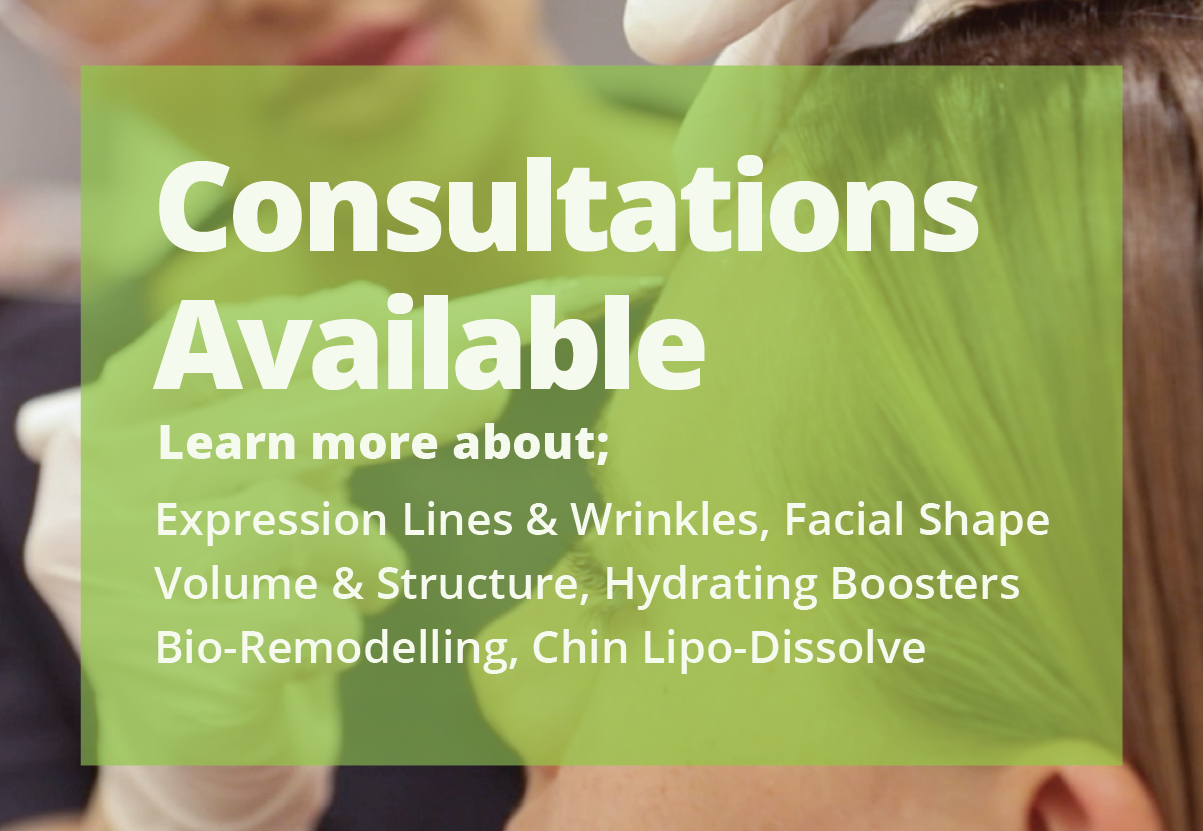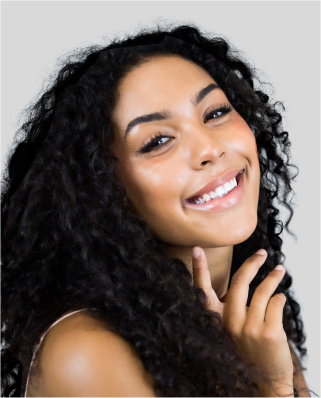What Causes Acne On The Face?
Get in touch with us
No one is immune to pimples and although picking blemishes gives you short term satisfaction, you are left with a not so friendly reminder on your face. Whether you’ve had it in the past or have recently experienced breakouts on your face, learn the causes of acne to prevent future ones from appearing.
What causes acne on the face and when does it occur?
Acne commonly occurs during puberty. However it can happen anytime dependent on a range of factors such as:
- Hormonal changes
- Genetics
- Use of harsh skincare ingredients
- Build up of dead skin cells and oils from not properly washing the face
- Excessive production of sebum (oil)
How is acne formed?
Your skin has pores that connect to oil glands under the skin. These glands are responsible for the production of a regulated amount of sebum which carries dead skin cells through the follicles to the surface of the skin. Pustules, or more commonly referred to as a pimple is formed when these follicles get blocked as oil builds up under the skin as it’s infected with bacteria.
Where do face breakouts occur?
The most common place for adults to experience acne on the face is along the jawline and cheek. Whereas with teens, the hot spots for breakouts are on the T-zone: forehead, nose and chin.
What options are there to treat and prevent future breakouts on the face?
1. Regularly cleansing, exfoliating and moisturising the face: Treat don’t strip
Double cleansing, moisturising the face daily and exfoliating 2-3 times a week with pH balanced products will clear away the daily buildup of dead skin cells and oil from your face. Sticking with gentle skincare products will ensure that your skin’s pH balance is not thrown out of whack which can leave your face prone to irritation and infection.
Often oily skin is an indicator of dry or dehydrated skin as the sebum production is sent into overdrive in an attempt to balance the skin’s natural oil and moisture levels. By moisturising and wearing sunscreen daily, the skin’s barrier is protected, minimising the amount of water loss.
Results Active Protect SPF50+ is a lightweight and oil-free sunscreen that comes in a handy tube ready for on the go application. It can be worn by itself or under makeup and best of all, it’s been formulated specifically to be used in conjunction with any of our skin treatments.Refine and rejuvenate your skin with microdermabation
2. Undergoing regular skin treatments: Acne Beta Peel + LED Light Therapy
Skin treatments such as chemical peels work by deeply penetrating beneath the epidermis to treat congested pores, build of dead skin cells, pigmentation, large open pores, blemishes and breakouts. Unlike physical exfoliation processes, chemical peels do not aggravate or create tiny wounds in the top layer of the skin. The Acne Beta Peel combines the unique properties of salicylic and dioic acid to effectively destroy acne causing bacteria and prevent future breakouts. We highly recommend the LED Light Therapy treatment after a chemical peel as it aids killing acne causing bacteria, soothes redness, stimulates collagen, accelerates healing time and enhances your treatment results.
What causes acne scars?
Whilst not dangerous, breakouts can leave scars and hyperpigmentation. Whilst hyperpigmentation can fade over time, scarring appear as permanent textural indentations on the skin. Skin Needling is an effective solution in reducing the appearance of scarring. Using the DermaPen, tiny needles on a motorised head create micro wounds. This triggers your body’s natural response to generate new skin cells, stimulate collagen and elastin. For optimum results, we recommend 4 to 6 treatments combined with the healing properties of LED Light Therapy to reduce the appearance of scarring, improve skin texture, reduces pore size and a rejuvenated complexion. Results Laser Clinics is one of Australia’s most trusted provider of Laser Hair Removal, Skin treatments & Cosmetic Injectables. Results Laser Clinic is available nationally & are committed to delivering results that make you look & feel your best.
For more information, call our experts or chat online, to ask any questions, or to arrange a free no commitment consultation.
Causes of pimples on face in adults: Top tips on how to prevent face breakouts
Get in touch with us
If we had to choose a single thing we didn’t miss about being a teenager, the answer would’ve been unanimous: pimples. Taxes over breakouts, anyday. But just like understanding your finances, by delving into the causes of pimples on the face in adulthood, you can finally regain control of your skin. It’s time to show them who’s boss! Here are the 4 main causes of pimples on the face in adults and essential tips on how to avoid them:
- Buildup of skin cells, dirt and oil
Pimples, breakouts, whiteheads and blackheads are formed when a buildup of dead skin cells, dirt, oil and acne causing bacteria clog your pores. Leading inflammation, irritation and unsightly red blemishes. TOP TIP #1: Wash your face twice daily and exfoliating on a regular basis By regularly washing your face in the morning and night, your skin is free from the dead skin cells, dirt and environmental pollutants that have inhabited on your face during the day. An additional step in your journey to a clearer complexion is exfoliating. Chemical Peels are an effective way to target priorities such as
- Treating active acne
- Eliminating acne causing bacteria to prevent future breakouts
- Evens out your complexion
- Reduce the appearance of redness and inflammation
- Improves texture
- Tightens pores
Combined with the healing properties of LED Light Therapy, you are on your way to a blemish-free and radiant complexion. This treatment effectively destroys acne causing bacteria, soothes and calms inflammation as well as encourages cellular repair.
Your friend who’s regularly changing their pillowcase may have been on to something. Studies have shown that changing your pillowcase every few days can reduce the chances of your skin from breaking out. Why? Over time, your pillowcase becomes a haven for dead skin cells, dirt and oil from your clothes, face and hair.





















